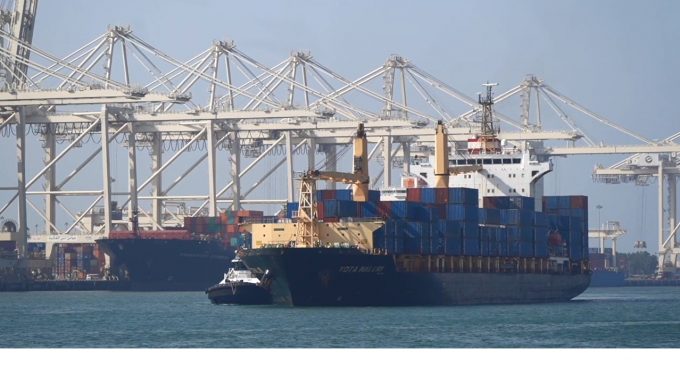Carriers unveil Panama Canal transit surcharges for new year
Two major carriers have announced new Panama Canal surcharges on Asia-US east coast transits in ...

Container lines – predominantly those operating on China-India trades – are cementing their networks to prepare for a potential intra-Asia market resurgence.
But there seems no respite in sight from the rate slide they have seen across all trades out of India over the past year.
Average contract freight rates, from India to China and other intra-Asia ports serving as intermediate points for subcontinent cargo, have bottomed-out, according to local freight forwarder sources.
Booking rates for containers from Nhava Sheva/Mundra (West India) to ...
Asia-USEC shippers to lose 42% capacity in a surge of blanked sailings
USTR fees will lead to 'complete destabilisation' of container shipping alliances
New USTR port fees threaten shipping and global supply chains, says Cosco
Outlook for container shipping 'more uncertain now than at the onset of Covid'
Transpac container service closures mount
DHL Express suspends non-de minimis B2C parcels to US consumers
Zim ordered to pay Samsung $3.7m for 'wrongful' D&D charges
Flexport lawsuit an 'undifferentiated mass of gibberish', claims Freightmate

Comment on this article